3…2…1…Action! The smart #3 is the brand’s 2nd model in Malaysia after the #1, and the EV’s official debut is just around the corner now – specifically next week at the Malaysia Autoshow. Pro-Net had a media preview last week, where we got to touch, feel and drive the #3 at Proton’s semi-high-speed test track in Shah Alam.
We’ve covered the #3 since its world debut in April 2023, but here’s a recap. The #3 is a sister to the smart #1, the first model of the reborn brand (now co-owned by Geely and Mercedes-Benz, with the latter in charge of design), which now exclusively sells EVs.
The #3 sits on the Sustainable Experience Architecture (SEA) platform, which also underpins the #1 and a couple of other EVs under the Geely umbrella like the Zeekr X and Volvo EX30. At 4,400 mm long and 1,844 mm wide, the #3’s footprint is 130 mm longer and 22 mm wider than the #1. It’s not all extra overhangs though, as the 2,785 mm wheelbase is 35 mm longer than the #1’s. But the most obvious stat is the #3’s lower roof – 1,556 mm is a substantial 80 mm less than the #1’s height.
The latter is very prominent as the #3’s low and curved roofline defines the coupe SUV bodystyle. We’re familiar with SUV offshoots like the Mercedes-Benz GLC Coupe and BMW X4, but to these eyes, the #3 shape looks better as it’s much less tall – they didn’t just take a normal SUV and shave the rear roof off.
Emphasising that near-perfect curve of a roof (broken up by a small spoiler) is a small bridge connecting the daylight opening and the rear glass – this also creates the floating roof effect. It’s not clear here with the camouflage, which will be off the next time we’re allowed to show you the #3. Then, you’ll also get to see full-width LEDs at both ends, as seen on the #1, and a Mercedes-Benz look that’s even more distinct here. If Stuttgart’s own EQ SUVs were more fun and daring, they’d look like smart cars.
Other premium and/or surprising design highlights include flush door handles, frameless windows and an illuminated logo, all of which are also on the #1. The latter has moved from the rear pillar to the front wing, though. The boot release button is neatly hidden into the ‘a’ of the logo, and there are smart logos as welcome lights. By the way, the #3 looks more aerodynamic than the #1 and it actually is – Cd is 0.27 versus 0.29 for the taller car.
Variants and powertrains mirror the #1. The Pro and Premium have a rear-mounted electric motor producing 272 PS (200 kW) and 343 Nm of torque, good for a 0-100 km/h time of 5.8 seconds. Top speed is capped at 180 km/h. The Brabus adds on a front motor to make it AWD, and the setup offers 428 PS (315 kW) and 543 Nm – this reduces the 0-100 km/h sprint time down to 3.7 seconds, a tenth quicker than the #1 Brabus.
As for what’s in the floorpan, the base Pro comes with a 49 kWh lithium iron phosphate (LFP) battery and the quoted WLTP range is 325 km, 10 km more than the equivalent #1. Both the Premium and Brabus get a 66 kWh nickel cobalt manganese (NMC) battery, which provides 455 km of claimed range for the Premium and up to 415 km for the dual-motor Brabus. Both WLTP range figures are 15 km more than the corresponding #1. That’s aero in action.
Along with its more athletic shape, the #3 is billed as the more dynamic sister to the #1, and Pro-Net brought us back to Proton’s Shah Alam test track (they also did the #1 preview drive here) to prove its claims.
In our recent review of the #1, we found the Geely-Mercedes EV to be a good landing point for those coming from premium ICE cars, as it goes around with a bit more heft in the controls and ride compared to typical Chinese EVs, which some might call ‘Continental feel’.
While ‘Conti’ is a positive connotation, some European premium brand EVs have a ride that’s too busy, which is at odds with the smooth and serene experience that EVs provide.
The #1 strikes a decent balance between comfort and dynamics, and while we need to drive the #3 in the real world to confirm the ride quality and NVH, the same should apply. What’s for sure is that the #3’s body has less pitch and dip in hard acceleration and braking, and body roll has been further tamed, giving this smart a more ground-hugging, stable feel. We said that the #1 has more than enough handling and grip for EV buyers – the #3 improves on this count.
Most EVs are more than fast enough, and that includes the single-motor #3. Unfortunately we started off with the Brabus and a banked oval, which made the subsequent run in the 5.8-second Premium you see here properly pedestrian. Without the distortion of the pinned-into-your-seat force and fake big V8 sound of the Brabus (I managed to reach the 180 km/h top speed), the Premium is a brisk EV.
A point we noted in our review of the #1 was the rather excessive energy regeneration even in its mildest setting, which might take some new EV converts by surprise. While regen is a vital part of EV driving, we wanted a longer leash, so to speak, as an option for the times when you’re feeling rich with range and want to glide. The #3 gets that option.
A note on the fancy-looking front seats, which probably don’t provide as much support as the looks suggest, but are still an improvement over the rather flat ones in the #1. No magic in the rear quarters – the reduction in headroom from the #1 corresponds with the exterior roofline.
We want to tell you more, and definitely want to show you more, but are bound by an embargo set by Pro-Net. So stay tuned for the public debut next week, which will come with more specs and details. For now, check out our review of the #1 and imagine a it with a less quirky/more universal bodystyle, an extra dash of Mercedes sauce and tighter body control. smart specialties – 22 kW AC charging (150 kW DC also beats BMW iX1, Mercedes EQA) and the locally-developed Hello smart app – remain.
No word on pricing yet, but expect the #3 to be slightly more expensive than the #1, which is priced at RM189,000 for the Pro, RM219,000 for the Premium and RM249,000 for the dual-motor Brabus.
GALLERY: smart #3 previewed in Malaysia
GALLERY: smart #3 official images
Looking to sell your car? Sell it with Carro.

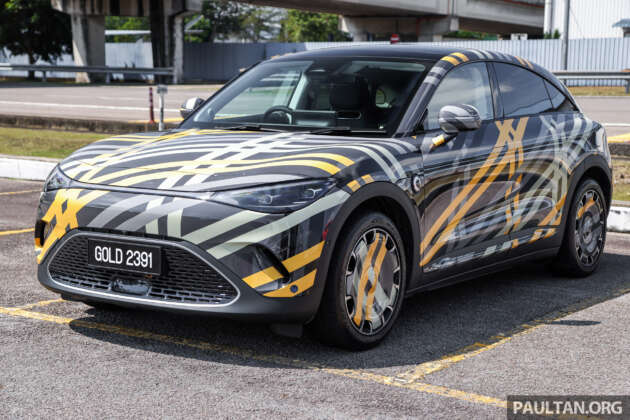
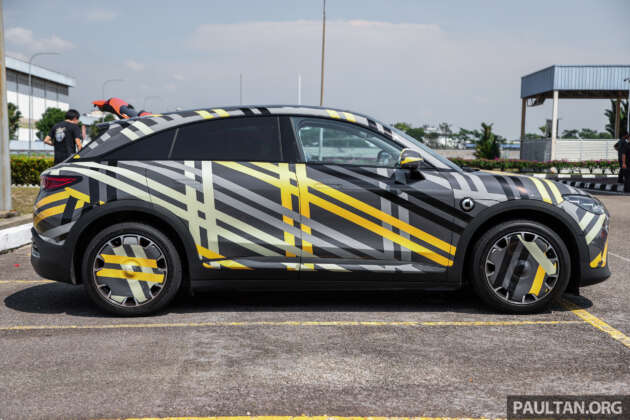
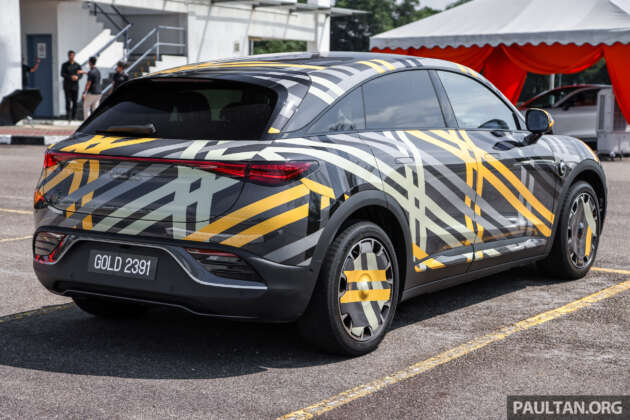






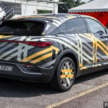



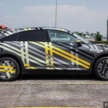







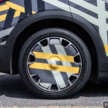

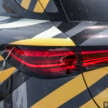


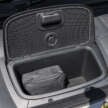

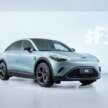

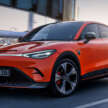
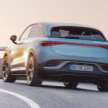
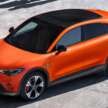
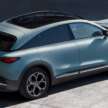




apa price dulu, and not a fan of the interior…macam last gen mercedes c class
Branding not smart enough… less smart cars on the road…
Sugoi Smart car all time favourites thanks to CPC good hands
Looking forward to price announcement
I want a Brabus